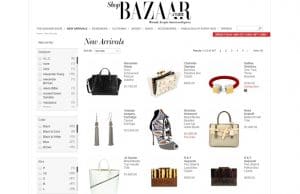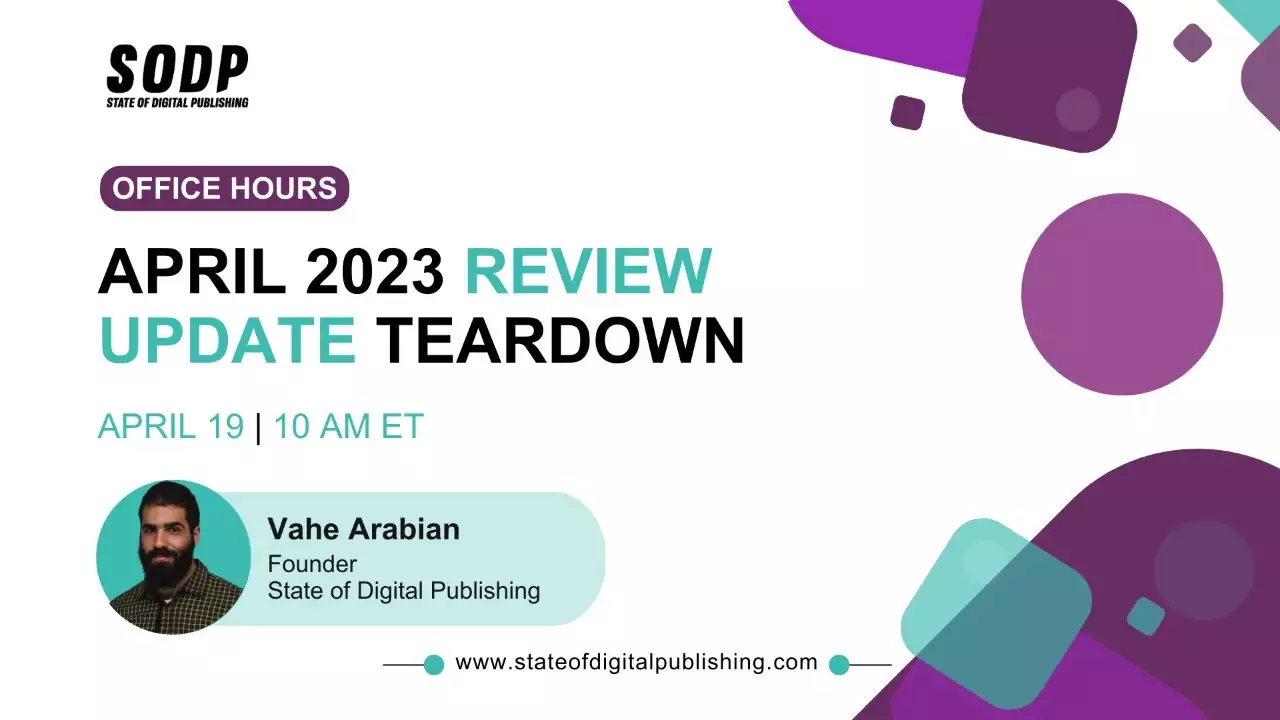The past saw magazine publishers effectively build loyal relationships with readers and a monetized audience that was ready to purchase carefully curated content that satisfied their needs. However, since the beginning of the internet, this has been a challenging issue for magazine publisher brands or even e-commerce companies to do this online, due to the friction caused by a users motivation and where they currently sit in the purchase life cycle.
There’s actually a big difference between users researching and ready to make a purchase and at that the same time online consumers are expecting more of an online experience in order to satisfy their decision-making process. So how have these companies risen to the challenge to bridge the gap between the inspiration and transaction?
The power of editorial commerce
It is only since a few years ago that there have been genuine attempts in trying to bridge the gap between content and commerce through the editorialization of branded content. This method has not only created carefully created points of sale on a website that allows customers an insightful, unique and enjoyable way to shop, but also becomes a destination in its own right.
Examples such as Net a Porter, Farfetch, Shop Bazaar (by Harpers Bazaar), Pose, Kaleidoscope and more that have been able to make genuine attempts in shortening the gap and offering innovative editorial content that draws a sense of personalisation and aspiration with the products they sell; through the aim of connecting their customers to a story and, later, their product.
The business of fashion provides some excellent examples especially for the fashion industry in the application of the content/e-commerce blend, that is curated to encourage customers to buy into the brand’s identity, voice and ultimately their online platform as a first choice preference. SEO, social media marketing, earned media through the power of content curation is the name of the game towards achieving a solid content e-commerce approach.
This type of commerce is becoming increasingly achievable on a daily basis, as the abundance of content and information is decentralized and less focused on going to specific sites.
What are the different types of editorial commerce models?
- Social commerce – Websites that contain integrated components of recommended posts/products from existing website visitors and friends. Or essentially a user-generated website platform that allows people to express their opinions and therefore validating other peoples opinions in the shopping process.
- Websites with native advertisement integration – use of widget integration into existing content from providers such as Outbrain for “recommended posts or products”.
- Digital Magazine – An adoption of the traditional magazine format with engaging assets i.e. video. In Inspire Conversations words, it is “through regular features, such as Q&A interviews, celebrity style pages and travel guides as well as cutting-edge video and design, with seamless shopping links throughout”.
Each model has it’s own advantages and disadvantages, however as mentioned above, the continual decentralisation of content is what will help digital publisher brands and ecommerce websites help bridge the gap between inspiration and transaction.
Content from our partners
Now is the time for more publishers and ecommerce companies to take the leap towards adopting these hybrid approaches in order to make their products discoverable with the bonus of making it shoppable.












